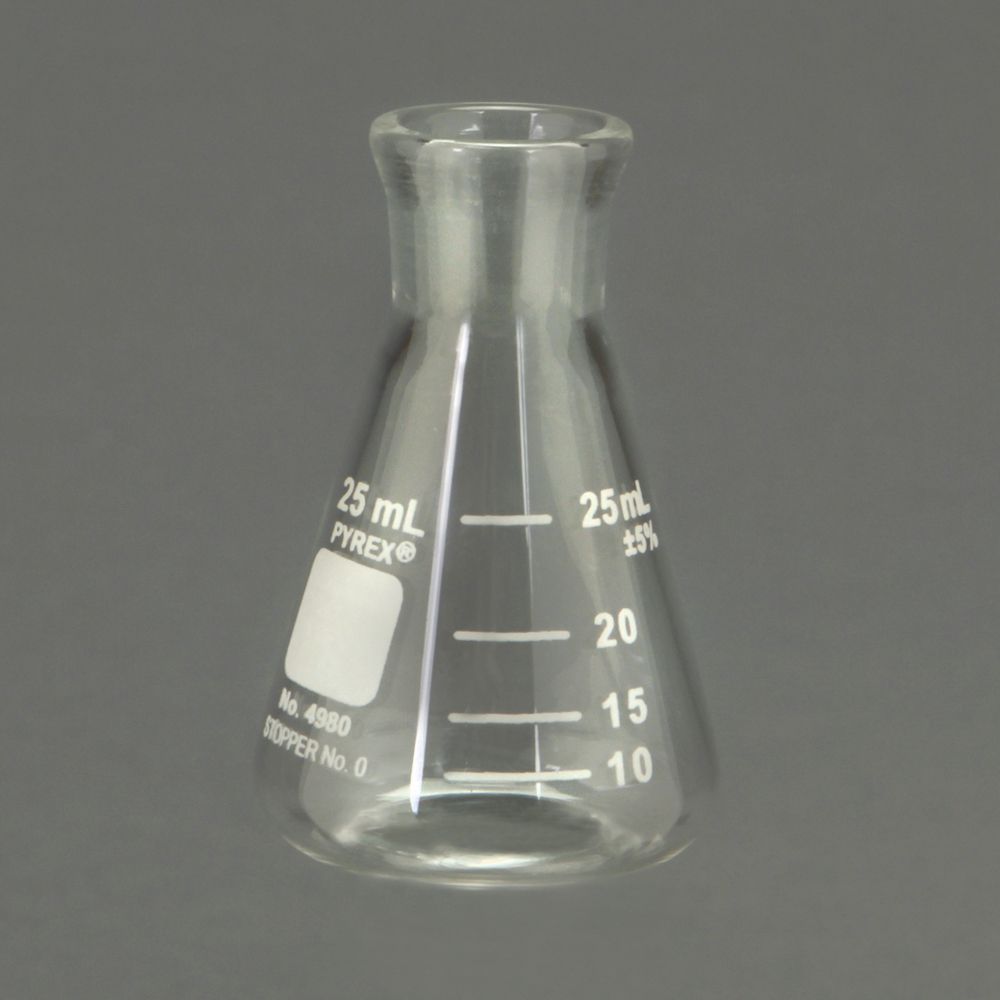Delving into the Versatility of a Laboratory Essential
From the dawn of scientific experimentation, scientists and researchers have relied on a humble yet indispensable laboratory tool – the conical flask. Its distinctive conical shape and versatility make it a staple in countless laboratories across the globe, serving a wide range of applications in various scientific disciplines. In this comprehensive article, we embark on a detailed exploration of the conical flask’s myriad uses in science, unraveling its indispensable role in advancing scientific knowledge and enabling groundbreaking discoveries.

Image: www.myxxgirl.com
Definition and Structure
A conical flask, also known as an Erlenmeyer flask after the German chemist who popularized its use, is a type of laboratory glassware characterized by its conical shape with a flat bottom and a narrower neck leading to an opening at the top. The angled sides of the flask allow for efficient swirling and mixing of liquids, while the narrow neck provides precise control over the addition and pouring of reagents. The conical shape also promotes uniform heat distribution, making it ideal for heating and boiling solutions.
Historical Context
The conical flask, predating Emil Erlenmeyer’s modifications in the 1860s, has a rich history rooted in early alchemy. Ancient alchemists experimented with conical vessels for their ability to withstand heat, facilitating the controlled heating and blending of their enigmatic potions. As scientific practices evolved, the conical flask underwent refinements, gradually resembling the modern design we recognize today. In the 19th century, Erlenmeyer’s contributions standardized its dimensions and shape, solidifying its place as a cornerstone of laboratory glassware.
Applications in Chemistry
In the realm of chemistry, conical flasks play a pivotal role in numerous applications, serving as indispensable tools for:
Volumetric Analysis: The graduated markings on certain conical flasks, known as volumetric flasks, allow precise measurement of liquid volumes. They are crucial for preparing solutions of specific concentrations, standardizing reagents, and conducting titrations, a technique used to determine the concentration of an unknown solution.
Qualitative Analysis: Conical flasks are employed in qualitative analysis, enabling scientists to identify the presence of specific ions or compounds in a sample. Precipitation reactions, where a solid precipitate forms from a liquid solution, are often carried out in conical flasks. The conical shape facilitates the observation of precipitate formation and allows for easy decantation of the supernatant liquid.
Organic Synthesis: In the field of organic synthesis, conical flasks serve as reaction vessels for various chemical transformations. Their ability to withstand heat and the controlled addition of reagents through the narrow neck make them suitable for reflux reactions, where vapors are condensed and returned to the reaction mixture.
Titrations: Acid-base titrations, a fundamental technique in chemistry, heavily rely on conical flasks. The narrow neck allows for precise drop-by-drop addition of a titrant, enabling accurate determination of the equivalence point – the point at which the reaction is complete.

Image: www.carolina.com
What Is A Conical Flask Used For In Science
Applications in Biology
Beyond chemistry, conical flasks also find extensive use in biological laboratories:
Cell Culture: Conical flasks with larger volumes are commonly employed for cell culture, where cells are grown and maintained in a controlled environment. The conical shape provides a larger surface area for cell growth while allowing for aeration and efficient nutrient exchange.
Microbiology: In microbiology, conical flasks are utilized for bacterial and fungal culturing. Different types of media can be added to the flask, and the transparent glass allows for easy observation of microbial growth and colony formation.
0